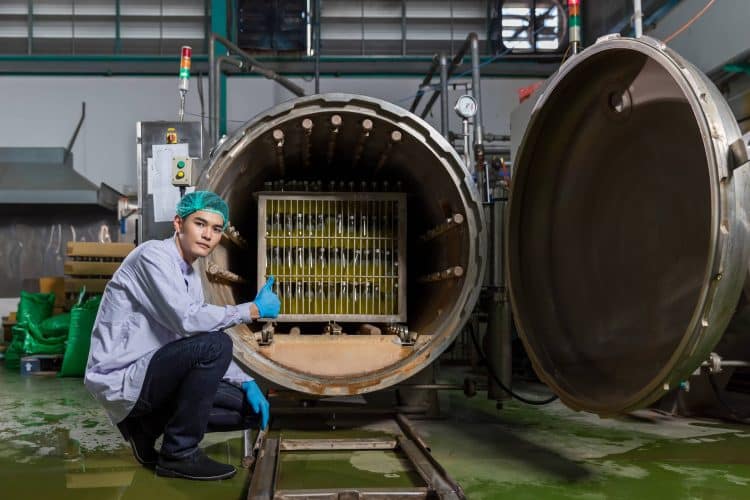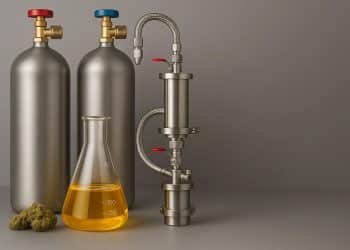Once a process has been tested, approved and optimized, the upscaling consists in various steps before the plant is set up. After a laboratory scale machinery, a pilot plant is built in order to confirm the measures and data collected for the large scale production. [1] The implementation of a novel processing technology needs a science-based approach where all the process aspects and risks are evaluated in a laboratory environment to predict the large-scale industrial process behavior
Detailed knowledge of chemical engineering is required in order to scale-up a chemical process, nevertheless in the case of heated liquid phase batch reaction and certain processing steps, a five-step procedure can be adopted to go industrial scale production. First a laboratory procedure has to be written reporting the precise steps followed and the used material quantities. All the process inputs have to be evaluated including solvents used, the reaction temperature, stirring, grinding, filtration, other post processing procedures, pumping, etc. Among the process outputs to be considered there are yield, reaction mixture containing the target compound, co-products, by-products, hazardous wastes, wastewater, waste heat and emissions. From these infos, a plant flow chart can be made reporting the scale and reactors size. After that, it’s possible to scale-up each individual process step separately. The linkage between the upscaled steps will be done sistematically in a second moment. At the end it’s possible to perform the life-cycle assessment (LCA), important to quantify the environmental impact associated with all the stages of the process. [1]
As a rule of thumb, the original batch can be expanded approximately 10 times without negatively changing the product (10X rule). If you perform a reaction in a 500 liters tank, following the 10x rule, a 5000 liters reactor will give the same reaction output without altering significantly the final product. It should be noticed that many factors influence the overall process, but this rule can give an idea of the needed equipments, the space and the resources used to expand a laboratory plant. [2] The 10x rule can’t be considered without care: for some specific large-scale processes in food industry the mass on the top of the vessel could crush the material at the bottom, making multiple middle-scale equipments in series the optimal choise instead of a single big-scale one. In addition to the final product characteristics, various factors can limit the 10x rule adoption including the plant layout, available personnel, workflow and process line.
It’s a good practice to plan each part of the expansion process and to evaluate all the aspects in advance based on the lab-scale acquired data in order to built solid evidence to support the quality of the industrial scale production.
References:
[1] Piccinno, Fabiano; Hischier, Roland; Seeger, Stefan; Som, Claudia (2016). From laboratory to industrial scale: a scale-up framework for chemical processes in life cycle assessment studies. Journal of Cleaner Production, 135(), 1085–1097. doi:10.1016/j.jclepro.2016.06.164 [Journal impact factor = 9.297] [Times cited = 249]
[2] https://www.fooddive.com/spons/scale-up-production-with-the-10x-rule/529240/
Image: https://www.bigstockphoto.com/it/image-460047831/stock-photo-supervisors-supervising-the-process-of-beverage-at-the-manufacturing-man-working-in-food-factory-i












